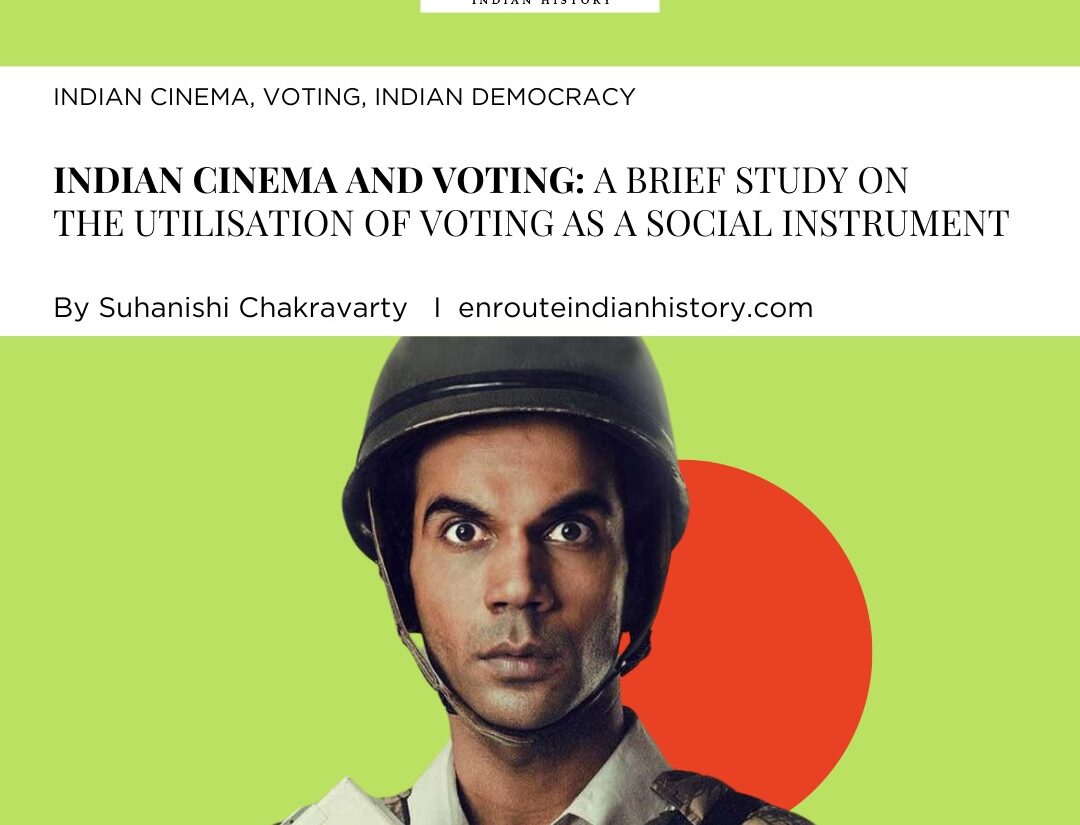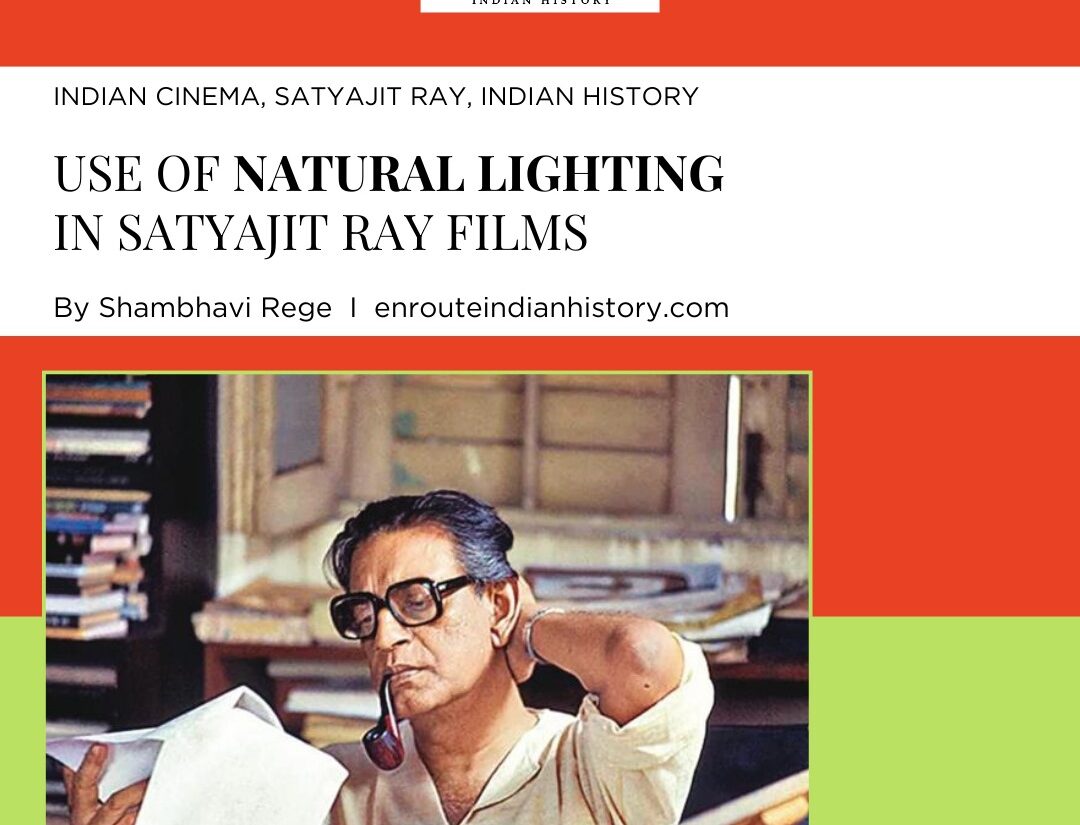Since its inception, Indian cinema has been a wellspring of inspiration, drawing narratives from the heart of rural India. The poignant struggle between farmers and landlords served as a fertile backdrop for innumerable storylines, particularly during the golden era of Indian cinema following independence. The inauguration of the first Five-Year Plan, with a strong focus on agricultural and rural development, coupled with the subsequent growth of industries, gave rise to a captivating phenomenon, shaping migration patterns and social structures. Exemplifying this narrative tradition is the critically acclaimed classic of 1953, “Do Bigha Zamin,” directed by Bimal Roy, representing one of the most profound cinematic explorations of this theme.
WOMEN AS CENTRAL CHARACTER
During the magnificent Golden Age, stories revolving around this genre delved into pressing issues like trapping debt cycles, zamindari exploitation, and rural poverty. The aim behind these was to achieve a level of “Social Realism.” These narratives offered gritty, realistic, and often gut-wrenching portrayals. They extensively covered themes of exploitation, caste oppression, and feudal narratives. It’s intriguing that India’s first colour film, “Kisan Kanya” in 1938, was rooted in agricultural and rural narratives. Directed by Moti B. Gidvani, this early Indian film delved into the lives of farmers, placing a strong emphasis on women, particularly Padmadevi, the “Kisan Kanya” or “Farmer’s Daughter.” The film effectively brought to light the challenges women faced, their vital contributions, and the discrimination they endured in 1930s rural India. “Kisan Kanya” holds historical significance, laying the foundation for future films exploring women’s issues in rural life. Though the screenplay received wide criticism for its rather poor writing, the implications were huge. Women-centred films were scarce.

Nearly two decades later, the iconic film ‘Mother India’ emerged as an inseparable part of India’s cinematic heritage, directed by Mehboob Khan. The heart of the story lies in Radha, portrayed by Nargis, a resolute village woman who confronts countless tribulations. Her journey unfolds from a young bride to a tenacious matriarch, spotlighting her unwavering commitment to her family and her unwavering battle against adversity. Radha embodies traditional Indian values, exemplifying her spirit, self-sacrifice, and unyielding determination to safeguard her land and loved ones. Her character serves as the linchpin for the film’s exploration of rural life, resilience, and the indomitable spirit of Indian women when faced with hardships. ‘Mother India’ is an iconic tribute to the fortitude and strength of women in Indian cinema. When compelled to shoulder the responsibility of providing for her family following her husband’s injury and subsequent demise, we witness her struggles in dealing with the local zamindar, grappling with the oppressive gender-based power dynamics and associated exploitation.

Another two decades down the line came Manthan (1976) which gave us the powerful and revolutionary Bindu played by Smita Patel. She represented the marginalized and downtrodden rural women who, under her leadership, rose to change their fate. As a single mother who had faced the challenges of poverty and discrimination, Bindu became a beacon of hope and empowerment for her community. Her determination to establish a cooperative dairy operation in her village, empowering women and challenging traditional norms, highlighted her transformation into a dynamic and influential figure who brought about social change. Bindu’s character in “Manthan” was a symbol of resilience and the potential for rural women to take charge of their destinies.
The evolution of these characters over time paints a compelling picture of their journey toward empowerment. As the narrative shifts its focus towards their unwavering commitment to principles and justice, a noticeable transformation unfolds in their roles. Undoubtedly, the life of a farmer is marked by hardship. Despite supposed unwavering political support for this community, conditions have continued to deteriorate. While men have traditionally taken the lead in these narratives, it’s imperative to acknowledge the amplified challenges faced by the gender minority within this struggle. A dualistic theme, as seen in stories like “Mother India,” highlights the paradox where women are expected to be providers while simultaneously grappling for the respect they deserve. In some instances, their sexuality becomes a commodity, often exploited. In “Do Bigha Zameen,” when the father leaves the household, the burden of dealing with the unscrupulous moneylender’s harassment falls upon the woman of the house. Radha in “Mother India” experiences the disgrace imposed by the zamindar, underlining the complexities of their struggles. Not only do these women fight for their rights as farmers, but they also fight for recognition as women. They struggle to gain authority.
MODERNITY, CINEMA AND WOMEN
This enduring issue persists in modern society, revolving around the complex dynamics of gender roles and societal expectations. Traditionally, women have been cast in the roles of homemakers and caregivers, while men are typically expected to be providers. However, with the evolving and deteriorating economic conditions in rural settings, women are increasingly compelled to shoulder both roles. They work tirelessly, juggling their responsibilities both at home and in the workplace, all while contending with the weight of patriarchal norms. Contemporary films such as “Parched” (2015) vividly depict this profound struggle within rural communities.

Modern Indian cinema has significantly empowered women farmers by featuring central female characters who boldly challenge traditional roles. These narratives strongly emphasise empowerment and break down deeply entrenched stereotypes. Moreover, they fearlessly address crucial social issues while celebrating the valuable contributions of female farmers to agriculture and rural life. Often, these stories revolve around groups of women joining forces to overcome adversity, effectively highlighting the powerful solidarity among women in rural areas. These portrayals offer much-needed inspiration and provide essential role models, underscoring the strength and independence of female characters who have become symbols of empowerment in contemporary Indian cinema. However, it’s worth pondering whether the declining interest in Indian cinema in rural life will affect the continuation of these narratives, especially when they often originate from contexts of hardship rather than entrepreneurship.
- August 28, 2023
- 6 Min Read
- July 31, 2023
- 6 Min Read




















